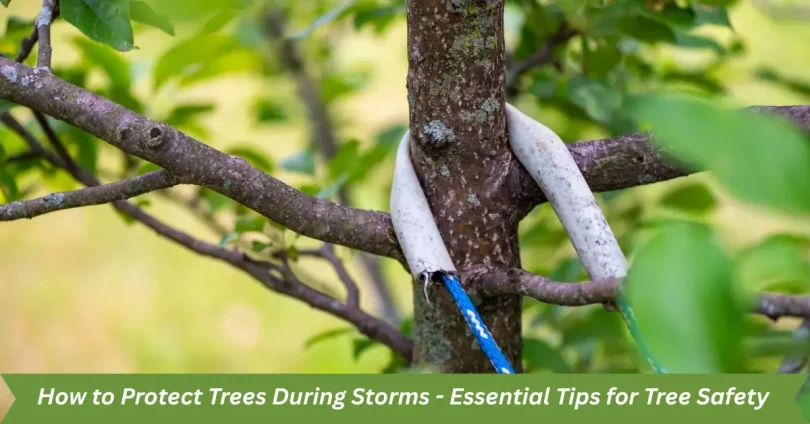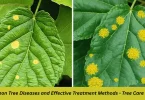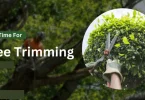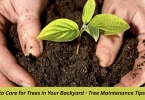Introduction
Storms can hit hard and fast, leaving trees damaged or even uprooted. Whether it’s strong winds, heavy rain, or lightning, your trees need protection to survive bad weather. That’s why knowing How to Protect Trees During Storms – Essential Tips for Tree Safety is so important. In this guide, you’ll learn easy and practical steps to help keep your trees strong, healthy, and safe during any storm.
What is “How to Protect Trees During Storms?”
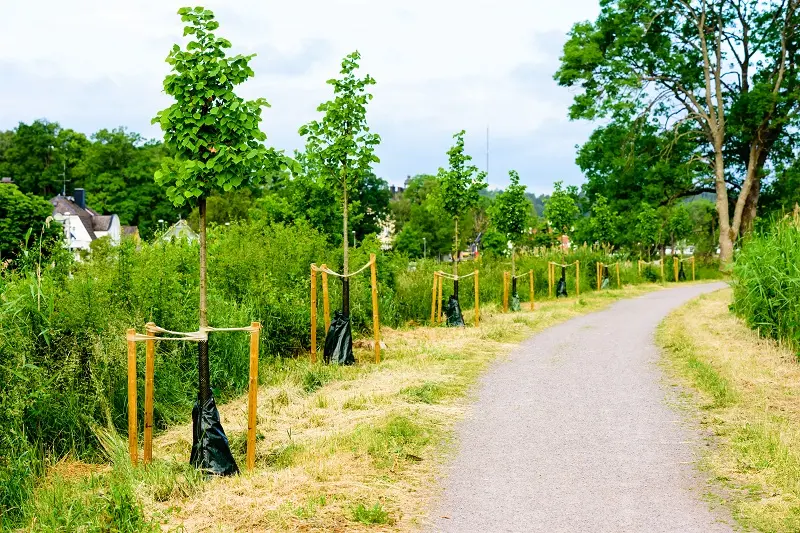
“How to Protect Trees During Storms” means taking steps before, during, and after a storm to keep your trees safe and healthy. This includes checking for weak branches, pruning properly, supporting young trees, and cleaning up damage after the storm passes. The goal is to reduce the risk of trees falling or breaking, which can harm people, property, or the tree itself. By following the right tips and care methods, you can protect your trees and help them survive even the toughest weather.
Why is Tree Protection During Storms Important?
Prevents Property Damage
- Reduces risk of falling branches: Broken limbs can damage roofs, cars, fences, or windows during strong winds.
- Protects nearby power lines: Overgrown or weak trees near power lines can cause power outages or fires.
- Minimizes cleanup costs: A well-maintained tree is less likely to fall or cause a big mess after a storm.
Ensures Tree Health and Longevity
- Prevents long-term tree stress: Storm damage weakens trees and can lead to decay or disease over time.
- Encourages strong root systems: Pre-storm care like mulching and watering supports root stability.
- Promotes natural growth patterns: Regular pruning helps trees grow in a balanced, storm-resistant shape.
Improves Safety for People and Pets
- Avoids injuries from falling branches: Loose or dead limbs can fall unexpectedly during storms and hurt someone.
- Reduces tripping hazards post-storm: Broken branches or debris can cause accidents around the yard.
- Makes outdoor spaces safer: Well-maintained trees provide shade and beauty without being a danger.
Saves Time and Effort After the Storm
- Reduces cleanup workload: A protected tree is less likely to drop heavy branches or fall over entirely.
- Avoids emergency repairs: Preventive care means you’re less likely to need urgent help after the storm.
- Makes restoration easier: Healthy trees bounce back faster, saving you extra work and worry later.
Supports the Local Ecosystem
- Keeps habitats safe for wildlife: Birds, insects, and small animals rely on trees for shelter and food.
- Maintains environmental balance: Trees play a big role in air quality and water regulation in your area.
- Prevents soil erosion: Healthy tree roots help hold the soil together, especially after heavy rains.
Increases Property Value
- Healthy trees boost curb appeal: A well-maintained yard with safe, strong trees looks more attractive.
- Prevents insurance issues: Tree-related damage can increase your insurance claims or premiums.
- Adds long-term landscape value: Investing in tree care keeps your outdoor space beautiful and valuable.
Step-by-Step Guide: How to Protect Trees During Storms
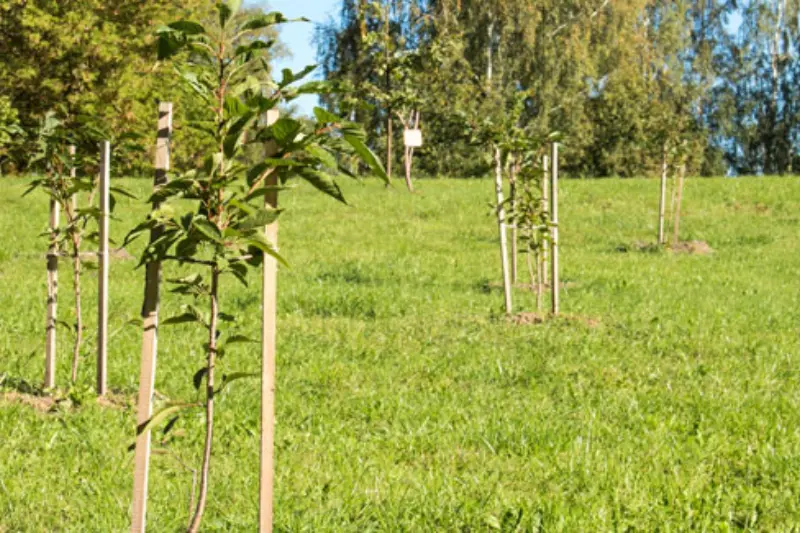
Step 1: Inspect Trees Regularly
- Look for weak spots like cracks, dead branches, or leaning trunks. Regular checks help catch problems before they become dangerous.
Step 2: Prune Dead or Weak Branches
- Trim away any dead, hanging, or overcrowded limbs. This reduces wind resistance and helps the tree stay balanced during strong winds.
Step 3: Stake Young or Newly Planted Trees
- Use flexible ties and strong stakes to support young trees. This keeps them upright and prevents uprooting in heavy winds.
Step 4: Apply Mulch Around the Base
- Spread a 2–4 inch layer of mulch around the base (but not touching the trunk). It helps retain moisture and protects roots during heavy rains.
Step 5: Water Trees Properly
- Keep your trees hydrated, especially before storm season. Healthy, well-watered trees are stronger and more resistant to damage.
Step 6: Remove Hazardous Trees
- If a tree is dying, diseased, or unstable, have it professionally removed. This prevents accidents during storms.
Step 7: Trim Branches Away from Power Lines
- If any branches are near power lines, call your utility company or a certified arborist. Do not try to trim them yourself—it’s dangerous.
Step 8: Use Tree Wraps or Guards (If Needed)
- Wrap young or thin-barked trees with protective material. This shields them from wind, rain, and flying debris.
Step 9: Clear Loose Objects Around Trees
- Remove items like garden tools, outdoor furniture, or toys. These can hit and injure trees (or people) during strong winds.
Step 10: Inspect and Care for Trees After the Storm
- After the storm passes, check for damage such as broken limbs or exposed roots. Prune carefully or call an arborist for help if needed.
Advantages and Disadvantages of Protecting Trees During Storms
| Advantages | Disadvantages |
| Enhances Tree Lifespan Preventing storm damage helps trees live longer and stay healthier over the years. | Takes Planning and Consistency You need to prepare trees well before storm season; last-minute actions may not be enough. |
| Boosts Curb Appeal Well-maintained, healthy trees make your home look beautiful and more inviting. | Some Trees May Still Get Damaged Even with proper care, extreme storms can cause damage that’s unavoidable. |
| Prevents Legal Liability Taking care of trees reduces the chances of tree-related accidents that could lead to legal claims or disputes with neighbors. | Limited Control Over Nearby Trees If neighbors don’t maintain their trees, they could fall into your yard and still pose a risk. |
| Improves Tree Structure Pruning and proper care improve tree shape and stability, making them more wind-resistant and storm-hardy. | Potential for Over-Pruning Too much pruning or poor technique can weaken the tree or expose it to disease. |
| Promotes Safer Neighborhoods If everyone cares for their trees, streets and communities become safer during stormy weather. | Can Be Physically Demanding Tree maintenance like mulching, pruning, or staking may require physical effort or equipment. |
Frequently Asked Questions (FAQs)
Why do trees fall during storms?
Trees fall during storms mainly because of strong winds, weak roots, or heavy rain that loosens the soil around them.
How can I tell if my tree is at risk?
Look for signs like leaning trunks, cracked branches, dead limbs, or fungus at the base. These are signs a tree might not handle a storm well.
Is pruning really that important before a storm?
Yes! Pruning removes weak or dead branches that could break off in a storm and cause damage or injury.
What should I do if a tree falls during a storm?
Stay safe and avoid going near it, especially if power lines are involved. Call a professional tree service or your local emergency number.
Can I protect young trees from storms?
Absolutely! You can use stakes to support them, add mulch around the base, and prune gently to help them grow strong.
Do I need to call an arborist?
If you’re unsure about a tree’s health or structure, it’s smart to get an arborist’s opinion. They can safely inspect and recommend actions.
What kind of mulch is best for storm protection?
Organic mulch like wood chips or shredded bark is great. Spread it evenly around the base to keep roots moist and protected.
Will tree cabling or bracing help?
Yes, for certain trees. Cabling helps support weak branches or trunks and adds extra strength during high winds.
Conclusion
Protecting your trees during storms is not just about tree health—it’s also about keeping your home, family, and neighborhood safe. With simple steps like pruning, mulching, and regular checks, you can reduce storm damage and help your trees stay strong. A little care now can save you big problems later.
Bonus Points
- Use Windbreaks if Possible: Plant shrubs or smaller trees around taller trees to reduce strong wind impact and protect their stability.
- Check Tree Insurance Coverage: If you have large trees near your home, it’s smart to review your home insurance policy for tree damage coverage.
- Choose Storm-Resistant Tree Species: When planting new trees, go for types that are known to withstand storms better, like oak, maple, or bald cypress.
- Keep Tree Health Records: Maintain a simple log of tree care, pruning dates, and health checks to monitor your tree’s strength over time.
- Emergency Contacts Ready: Have the number of a certified arborist or tree removal service on hand in case of storm damage or fallen trees.

